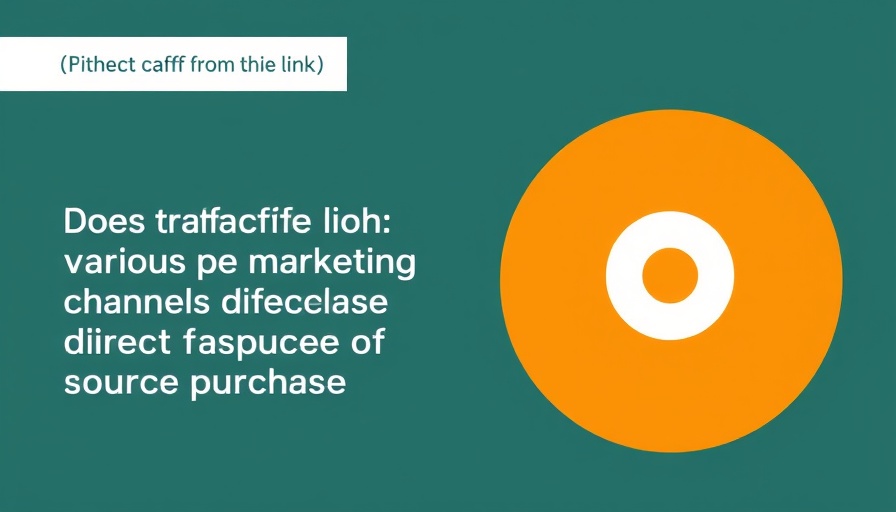
The Digital Marketing Landscape in 2025: A Statistical Overview
In an era dominated by digital interactions, the importance of effective digital marketing cannot be overstated, especially for business owners, CEOs, and industry leaders. As we progress into 2025, understanding the statistics that drive this rapidly evolving landscape will be crucial for achieving online growth. Just across the board, the digital marketing industry is poised for explosive growth, expected to grow at a compound annual growth rate (CAGR) of 13.1%, reaching a staggering $1,099 billion. This statistic alone illustrates the urgency for marketers to refine their strategies and leverage the right platforms.
Top Insights That Define Digital Marketing in 2025
Having the statistics at hand is the first step, but understanding their implications and making educated decisions is what truly counts. Here are some of the top insights that business leaders must know:
- The largest segment within the digital marketing sphere is search advertising, generating revenues of $202.40 billion.
- On average, businesses can expect a return of $5 for every dollar invested in digital marketing initiatives, reinforcing the value of effective marketing strategies.
- Marketers report that organic search provides the best return on investment (ROI), with 49% affirming this preference.
- Consumers are spending more time online than ever, averaging 6 hours and 40 minutes daily, highlighting the importance of maintaining an online presence.
- Millennials remain a driving force in social media engagement, with an impressive 68.8% actively using these platforms.
Why Digital Marketing Statistics Matter
Digital marketing statistics are not merely dry numbers; instead, they present a narrative that can actively shape strategies for businesses. Understanding these statistics helps prioritize efforts in a multi-channel marketing strategy, enabling business leaders to allocate resources more effectively. For example, with the exponential rise in digital ad spending—expected to surpass $485 billion—marketers must consider the potential effects on their budgets and strategies. Data-driven decision-making can significantly enhance competitive standing, allowing businesses to react swiftly to emerging trends and preferences, thus avoiding pitfalls and maximizing returns.
Spotlight on Content Marketing in 2025
As consumer preferences shift, content marketing continues to play a pivotal role. SMBs (Small and Medium-sized Businesses) report average expenditures of about $10,000 yearly on content marketing. Moreover, effective content marketers often dedicate at least 10% of their budgets to content-focused strategies. Statistics indicate that successful content marketing can yield a 58% increase in revenue growth for B2B marketers. Combined with the findings that 87% of marketers found webinars effective and nearly 67% agree that SEO is a powerful tactic, the correlation between effective content strategies and growth becomes clear.
What the Future Holds: Trends in SEO and AI
As we head into 2025, SEO remains an invaluable tool, generating 53% of all website traffic and providing crucial leads for 49% of businesses affirming its ROI superiority. However, with the advent of AI technologies, the SEO landscape is rapidly evolving. Many businesses are leveraging AI for content creation and optimization, but concerns about its impact on website traffic persist. This shifting environment presents both challenges and opportunities for digital marketers, as trusting in the data can guide essential adjustments in campaigns and overall strategies.
Conclusion and Call to Action: Harnessing the Power of Digital Marketing
In navigating this dynamic digital landscape, understanding statistics is imperative for making informed decisions that drive business growth. The data we’ve discussed highlights the necessity of evolving marketing strategies in response to both consumer behavior and emerging trends in tools and platforms. As you prepare for 2025, leveraging these insights can be immensely beneficial—consider reassessing your marketing strategies to align with these proven data points.
Are you ready to take the next step with your digital marketing strategy? Utilize these statistics not only as a reference point but as a foundation for implementing effective marketing initiatives that resonate with your target audience and drive tangible results. Start prioritizing data-driven marketing today!
 Add Row
Add Row  Add
Add 




Write A Comment